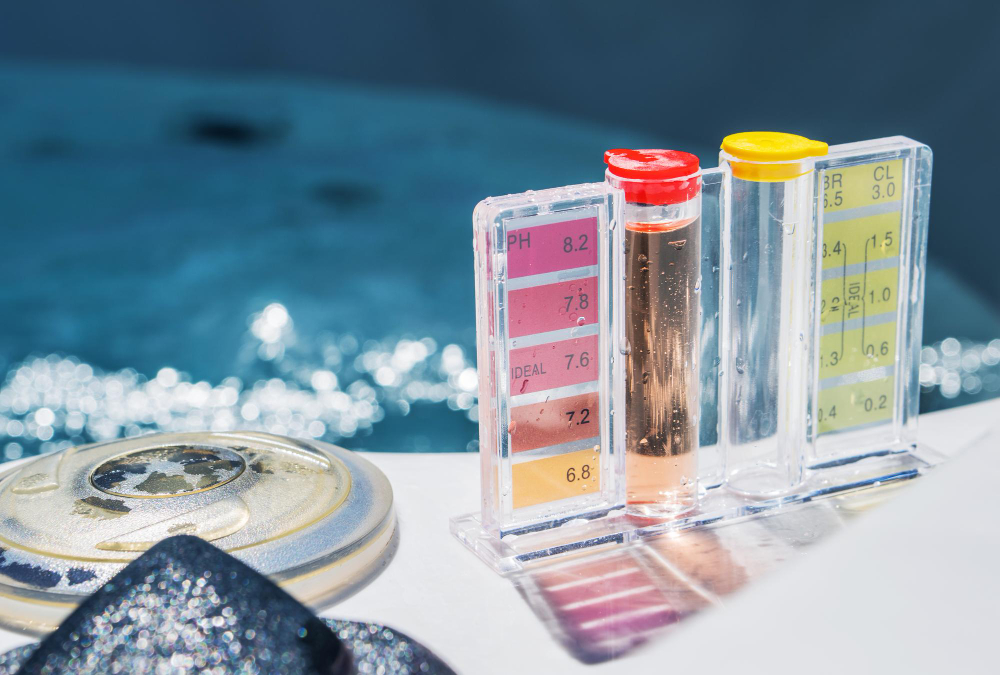Tips to Reduce Pool or Spa Chlorine Levels

Maintaining the right chlorine level in your pool or spa is crucial to keep it clean and healthy for swimming. However, sometimes, due to erroneous dosing or other reasons, the chlorine levels can become too high, causing skin and eye irritation, dryness, and even damage to the pool or spa equipment. In such cases, it is necessary to reduce the chlorine levels to a safe range. In this blog post, we'll share some tips with you on how to reduce pool or spa chlorine levels effectively.
1. Add Neutralizing Agents
One of the easiest and quickest ways to lower the chlorine levels in your pool or spa is to add neutralizing agents like sodium thiosulfate. These products are available at most pool supply stores and come in powder, granular, or liquid form. Follow the instructions on the package to determine the correct dosage for your specific chlorine levels. Remember to check the chlorine levels again after 24 hours and repeat the process if necessary.
2. Increase Aeration
Aeration, or the process of increasing air flow, can reduce chlorine levels in your water. You can increase aeration by adding pool fountains, waterfalls, or pool jets, which help to circulate and oxygenate the water. Increasing aeration will also help to distribute any added neutralizing agents more quickly throughout the pool or spa.
3. Drain and Refill
If your pool or spa has extremely high chlorine levels, it may be necessary to drain and refill the water. This process is recommended for commercial pools rather than private ones, as it can be quite expensive and time-consuming. However, if you do need to refill, choose a water source that is low in chlorine content, usually municipal tap water, and check the chlorine levels again after refilling.
4. Use Natural Alternatives
If you prefer to avoid chemicals altogether, then you can consider using natural alternatives like vitamin C tablets or ascorbic acid. These products work by neutralizing chlorine on contact and are eco-friendly and non-toxic. However, natural alternatives may not be as effective as chemical ones, so you may need to add a higher dose or repeat the process several times.
5. Adjust Chlorinator Settings
Finally, you can lower chlorine levels by adjusting your chlorinator settings. If your pool or spa uses an automated chlorinator, adjust the output to a lower setting. If you use floating chlorine dispensers, remove some or all of the tablets until the chlorine levels reach a safe range. Remember to test and adjust chlorine levels regularly to avoid any future problems.
Conclusion
In conclusion, reducing pool or spa chlorine levels is essential for maintaining a safe and healthy swimming environment. The tips we've discussed in this blog post are practical and effective, but it's always best to consult a pool professional if you have any doubts or concerns. At All Phase Pool Remodeling, we provide expert pool renovation and pool repair in Jacksonville FL, and can advise you on the best solutions for your pool or spa problems. Contact us today for a free estimate and enjoy a safe and enjoyable swimming experience!